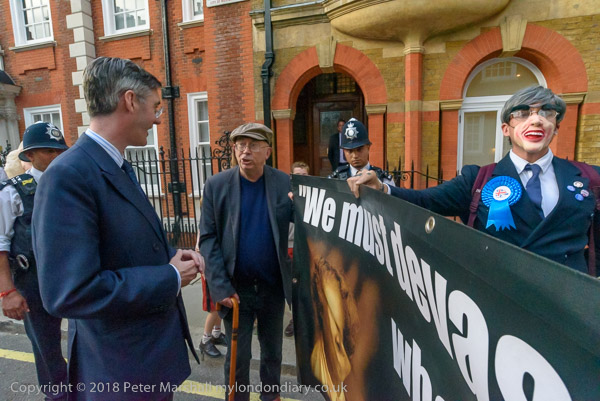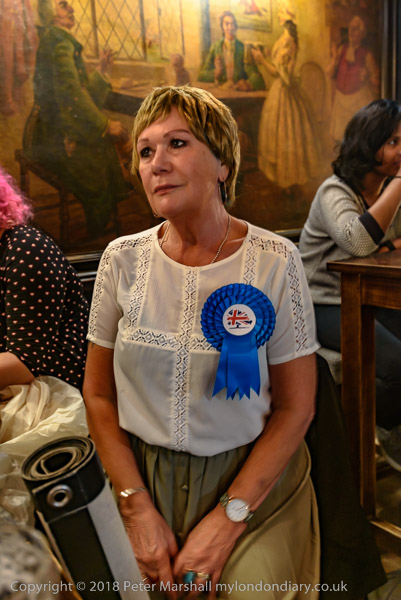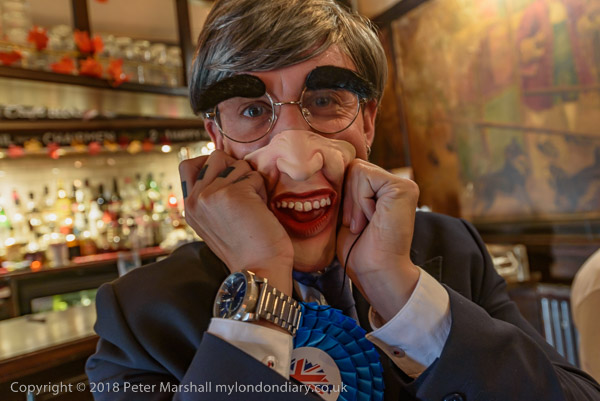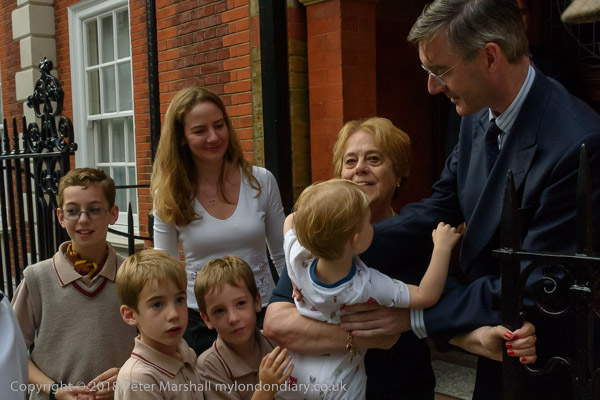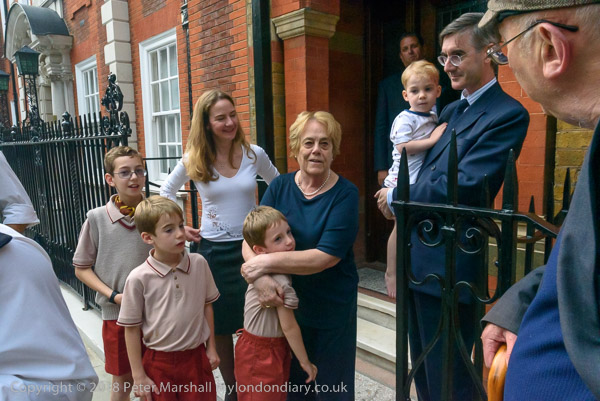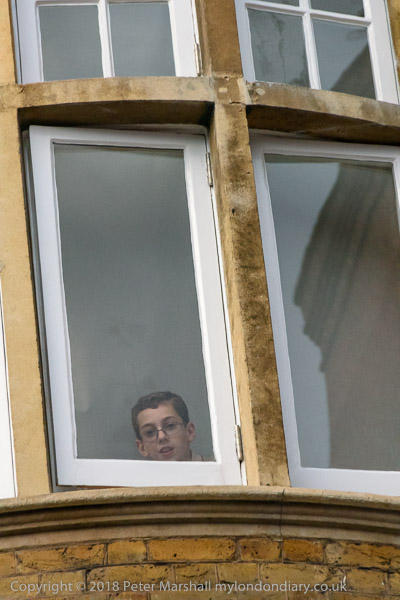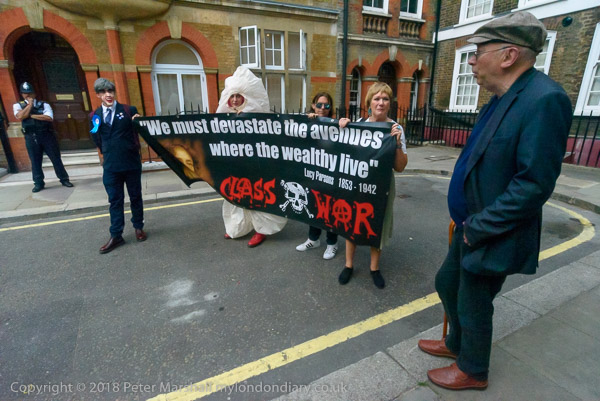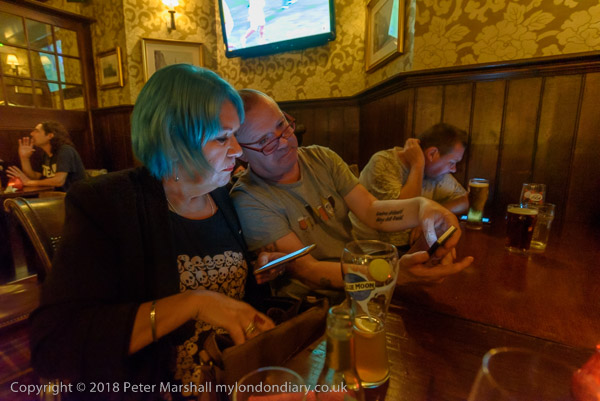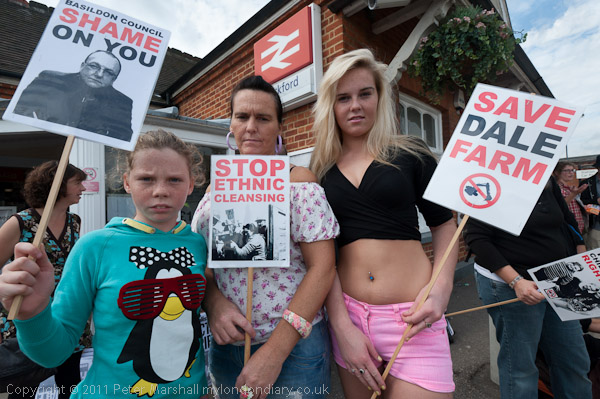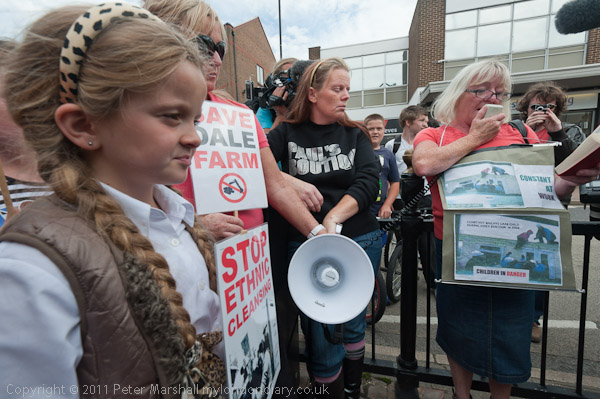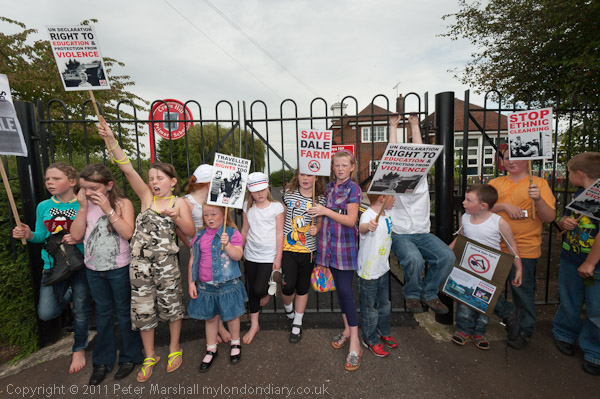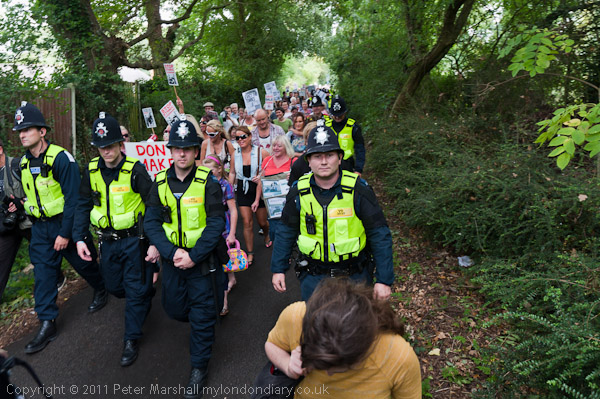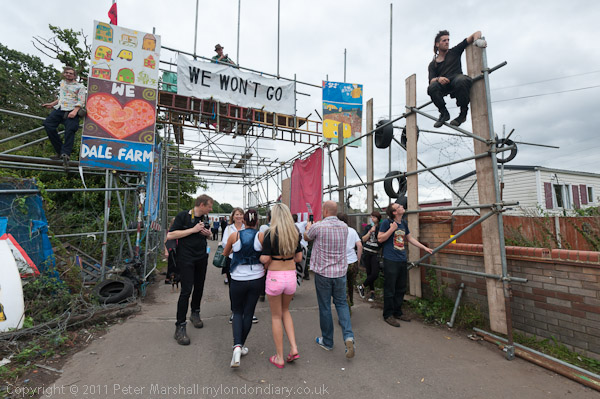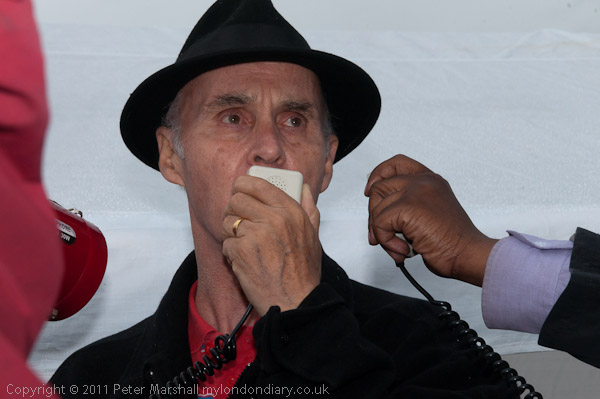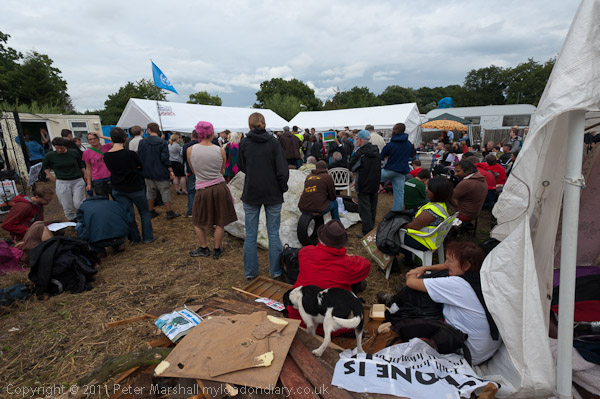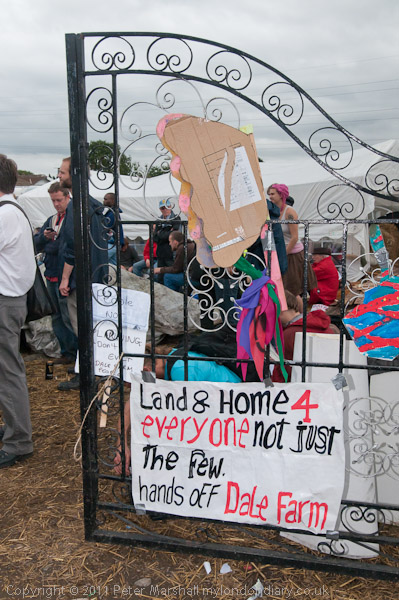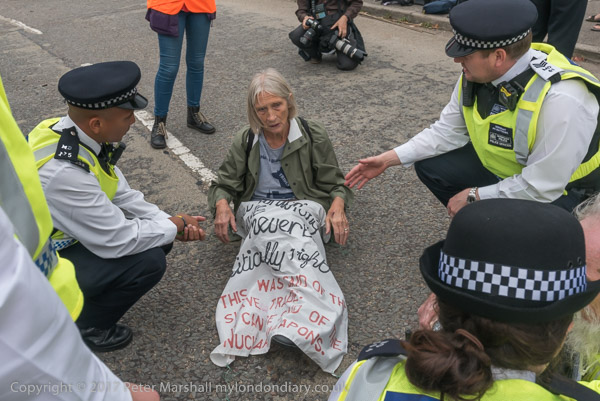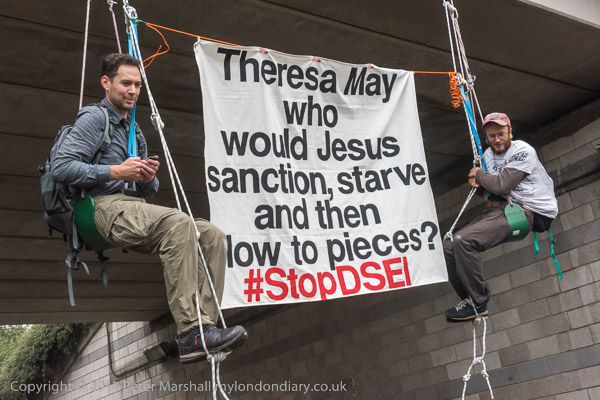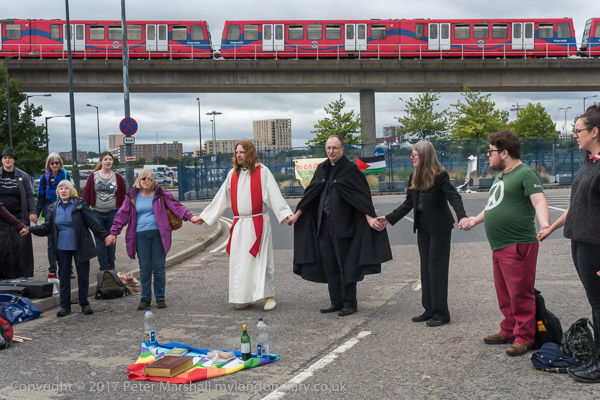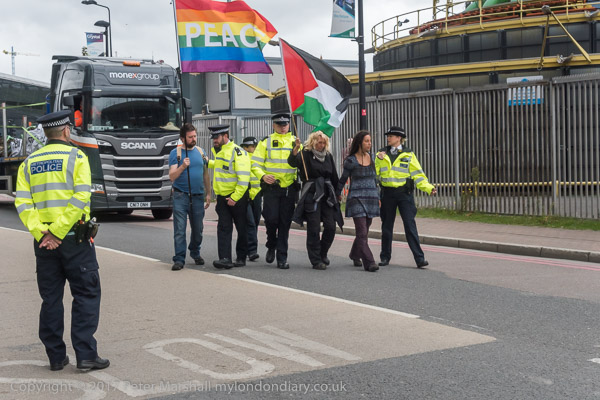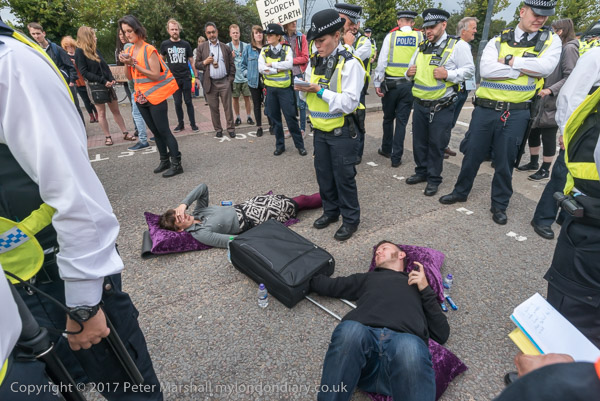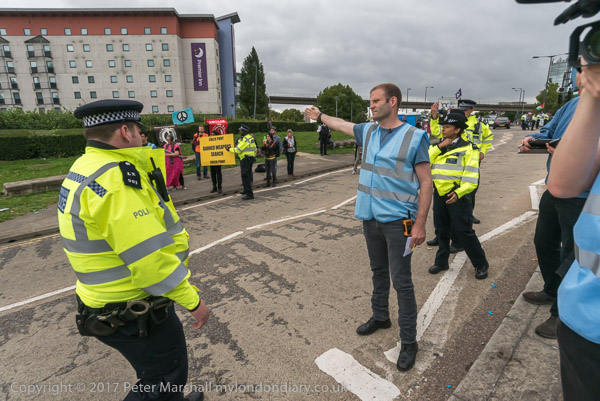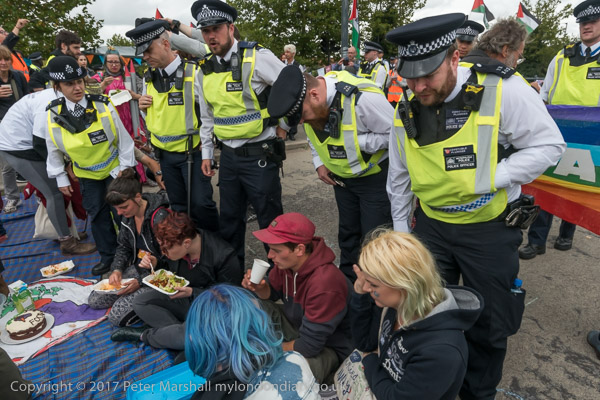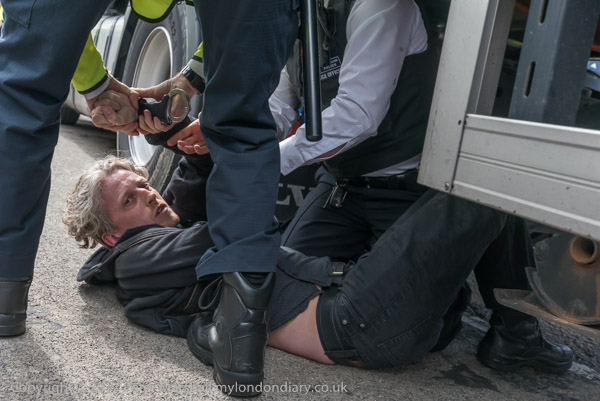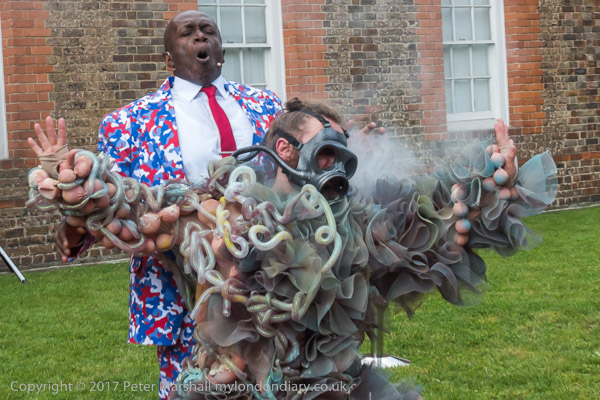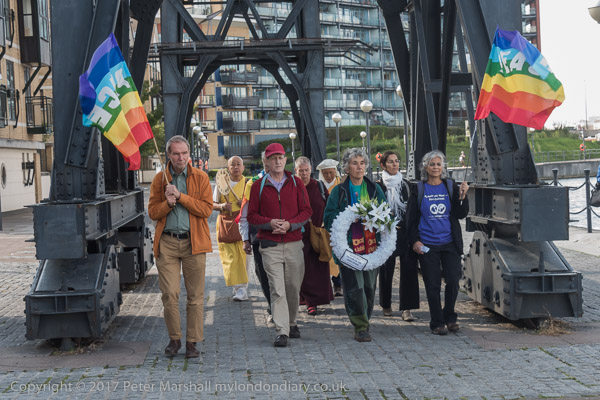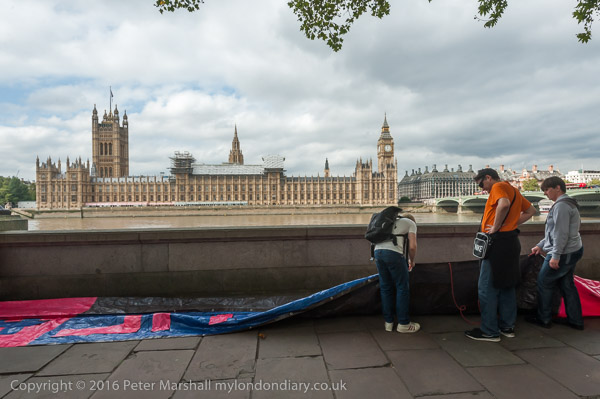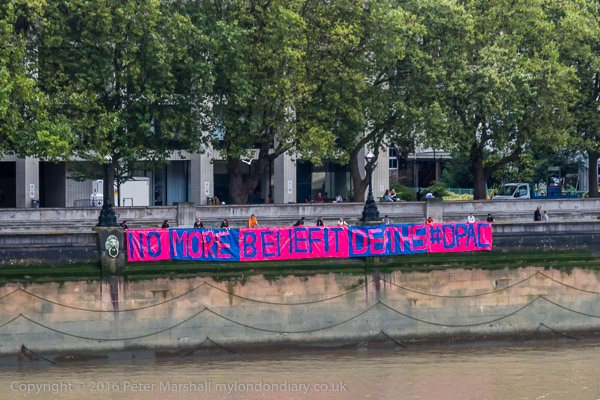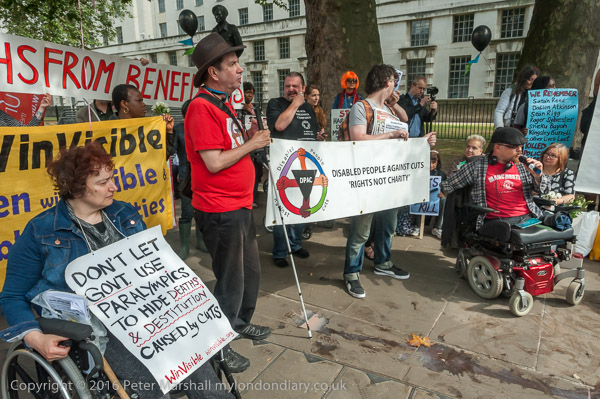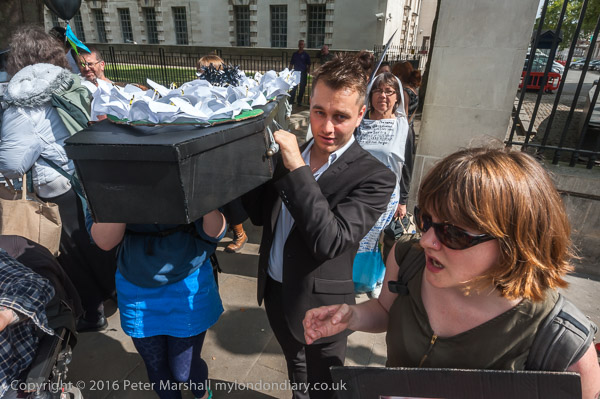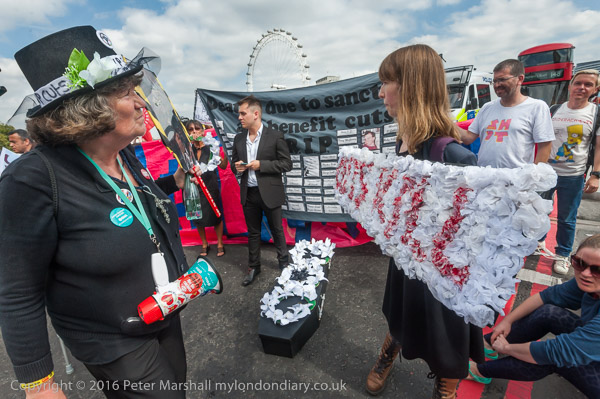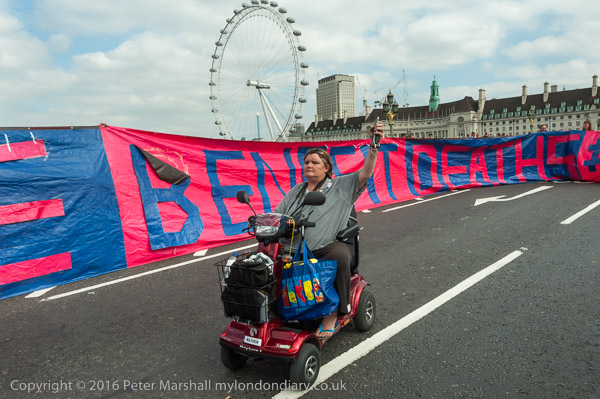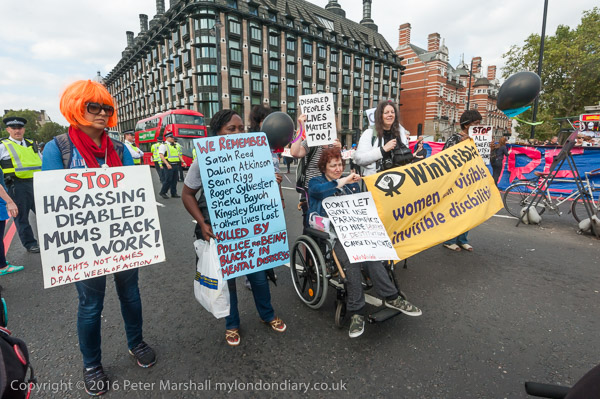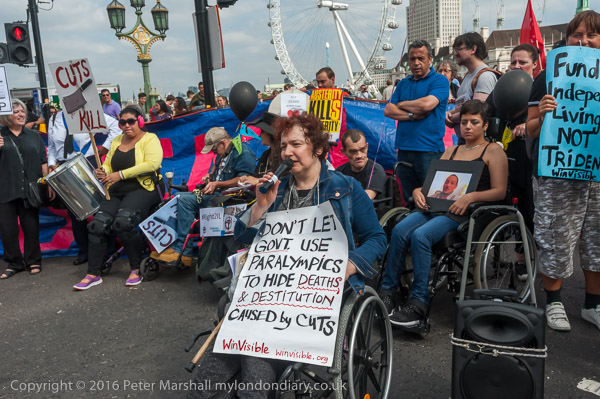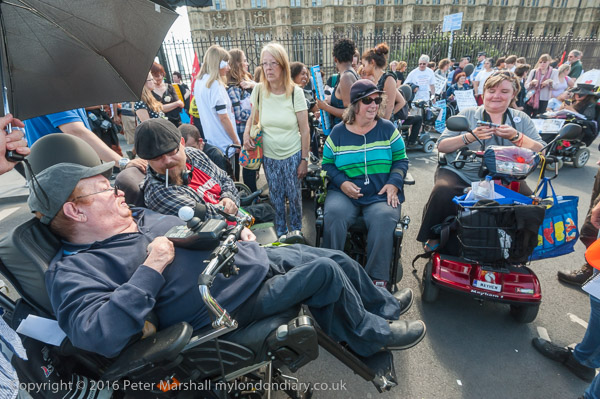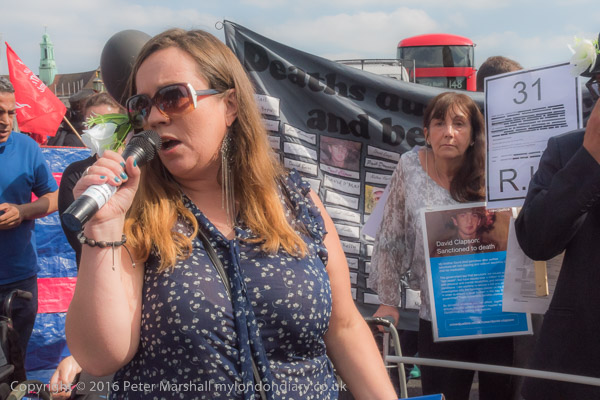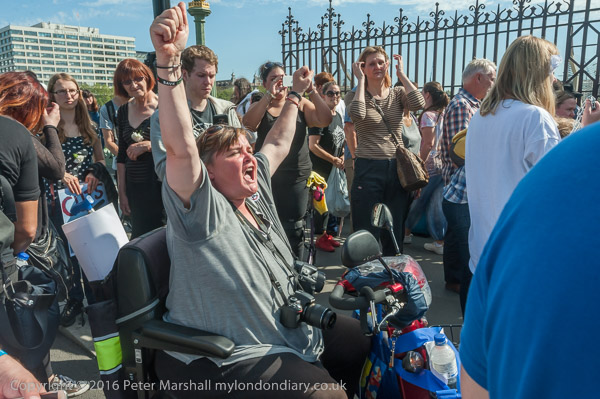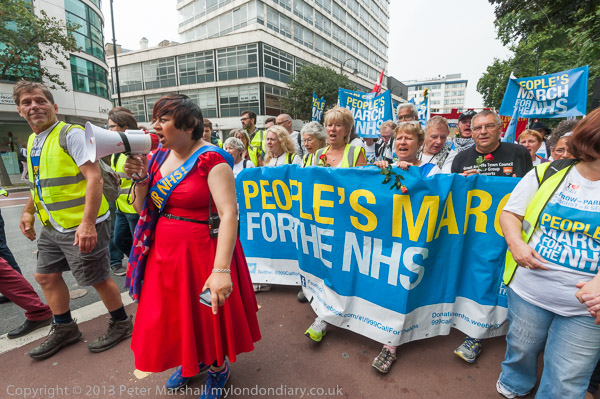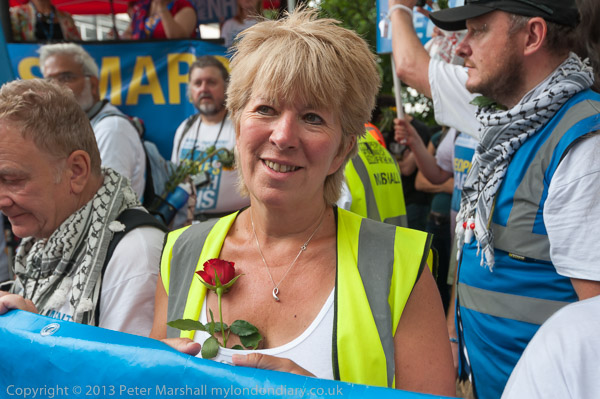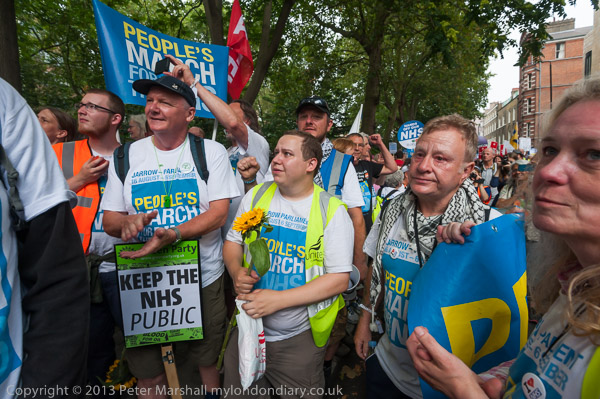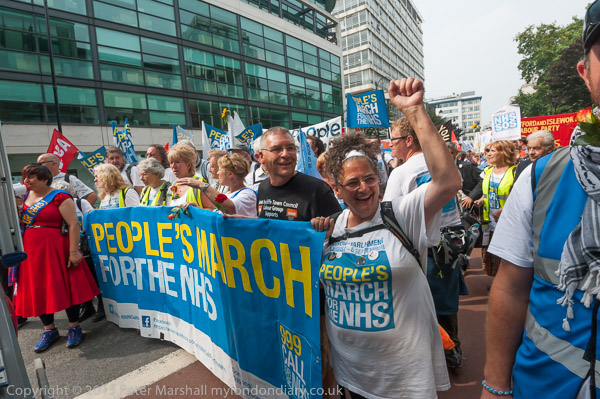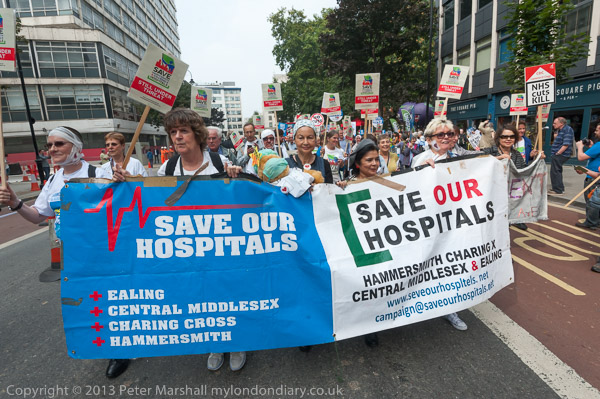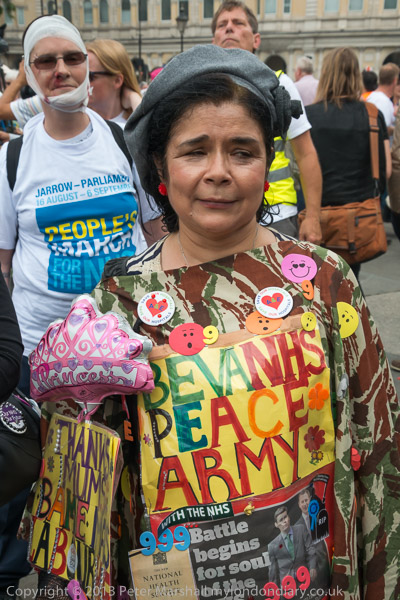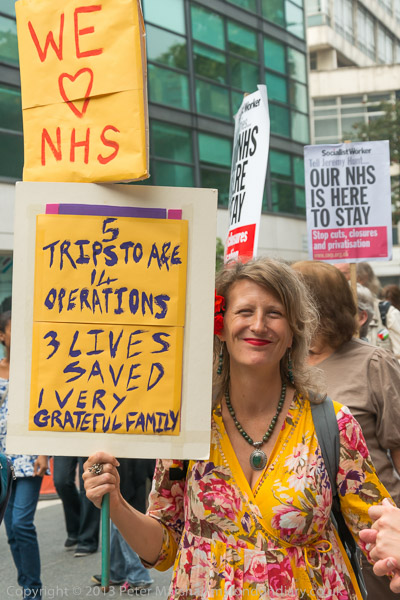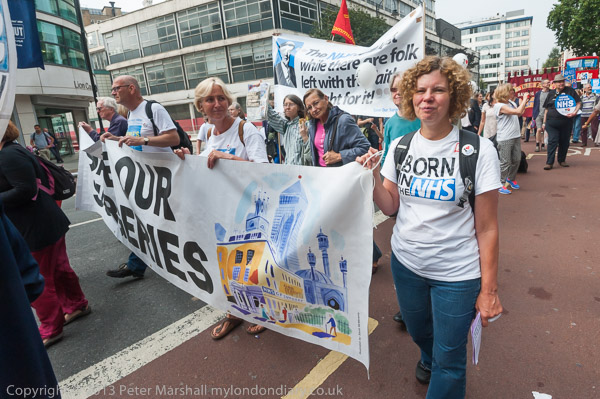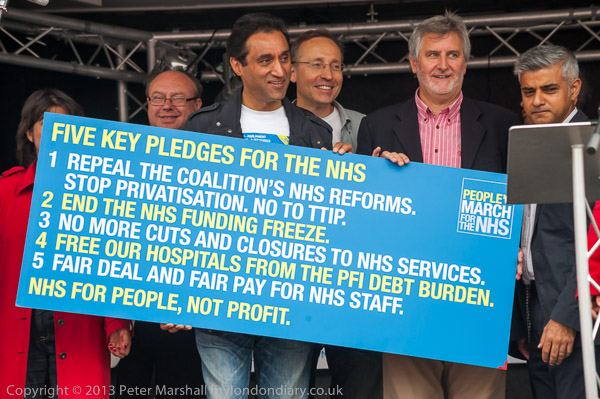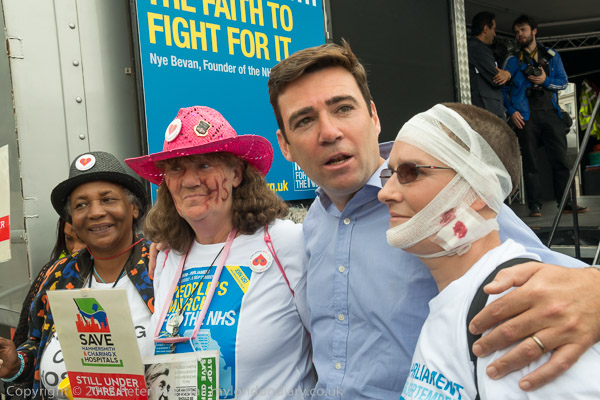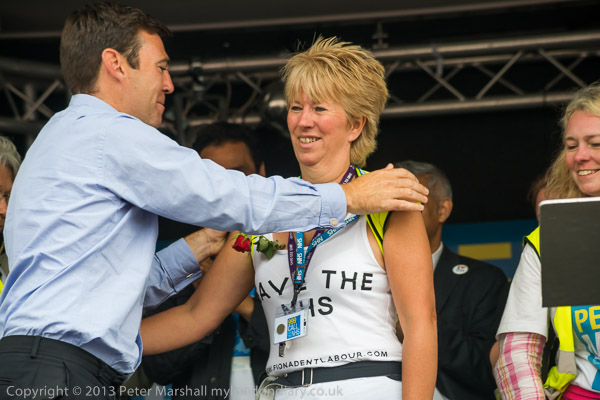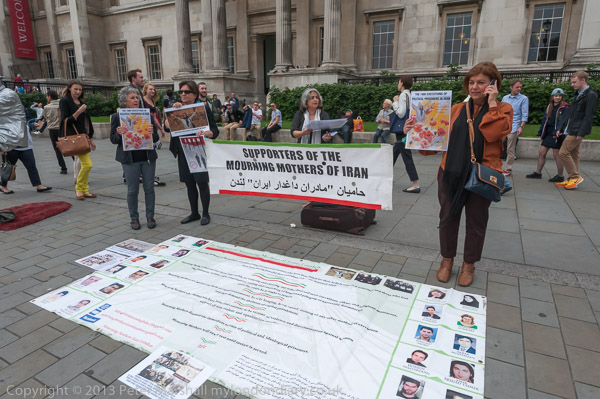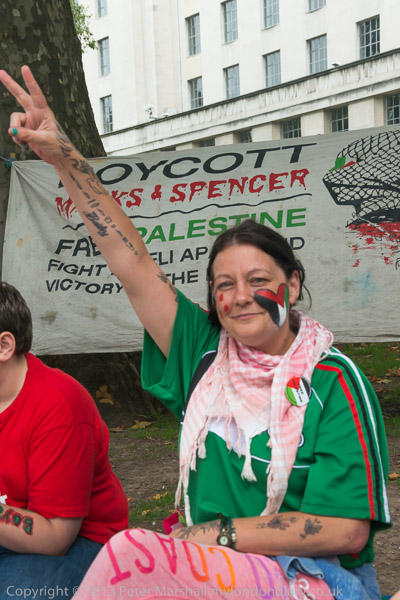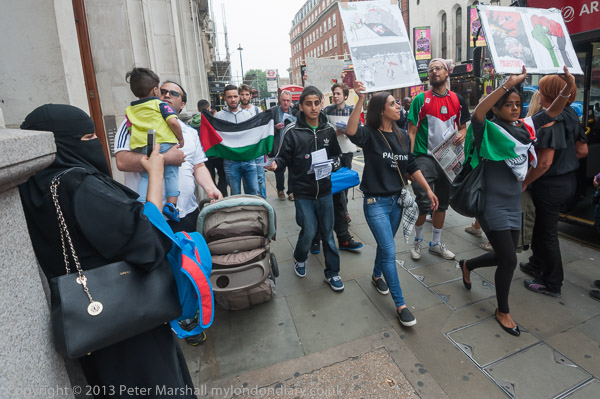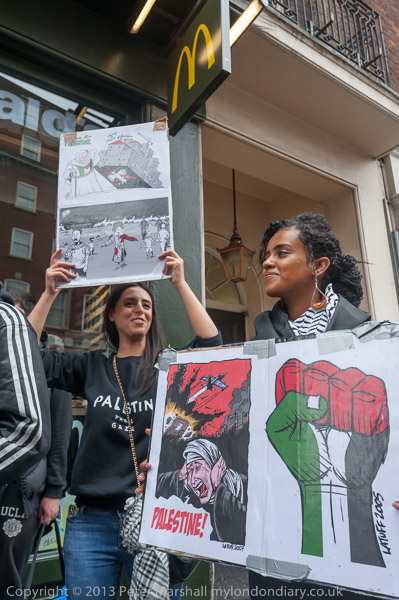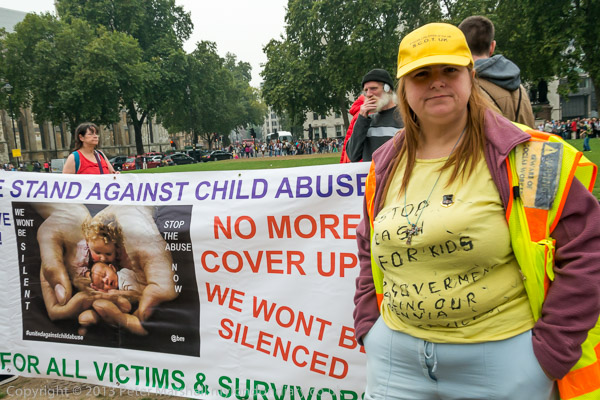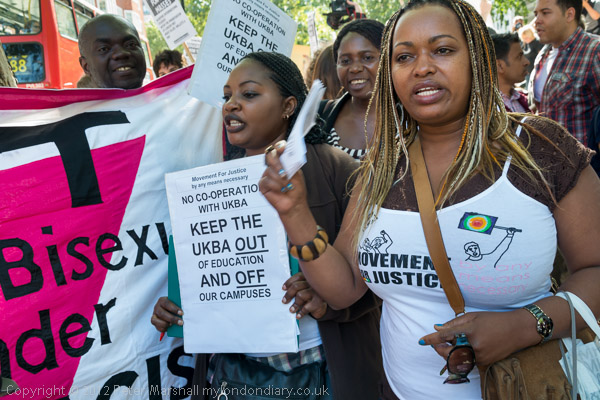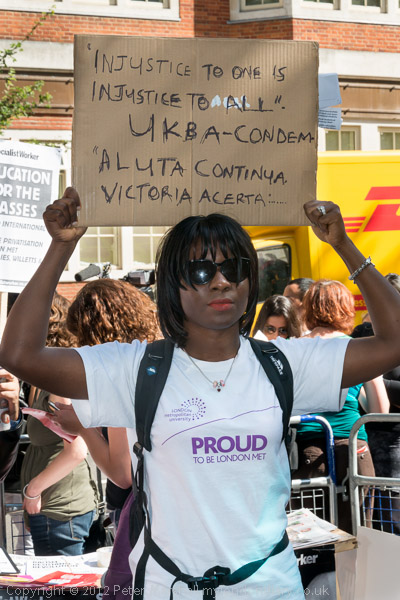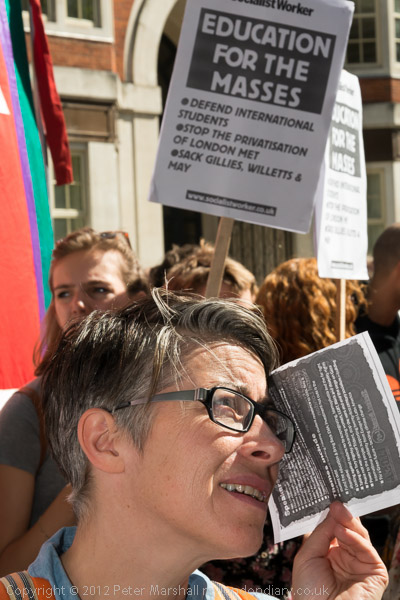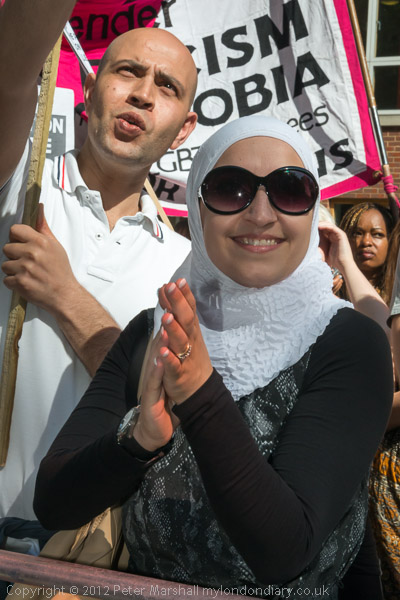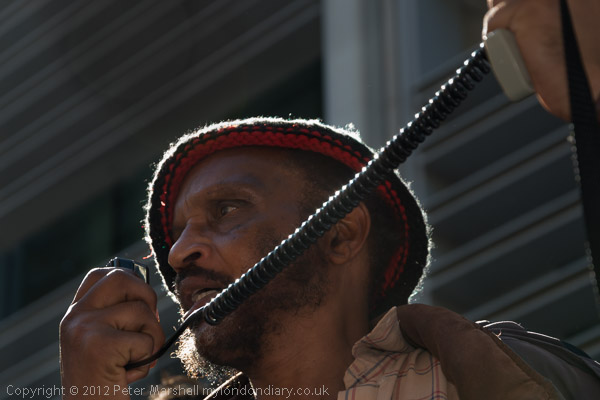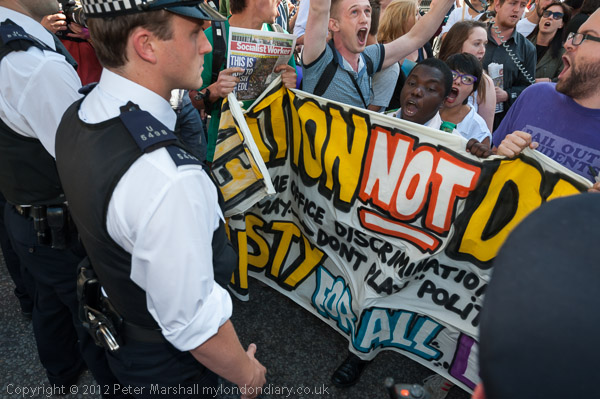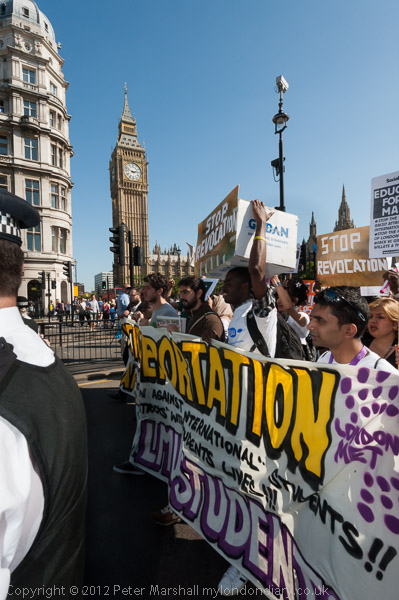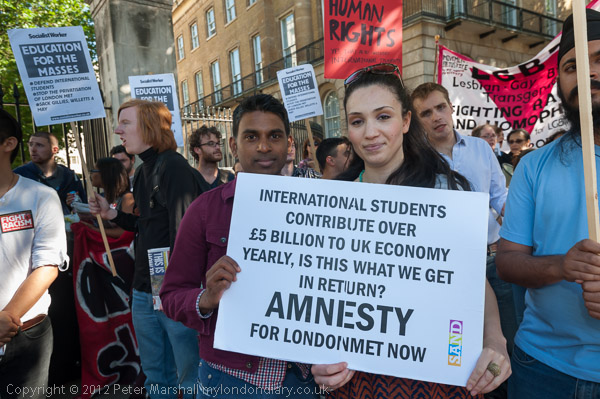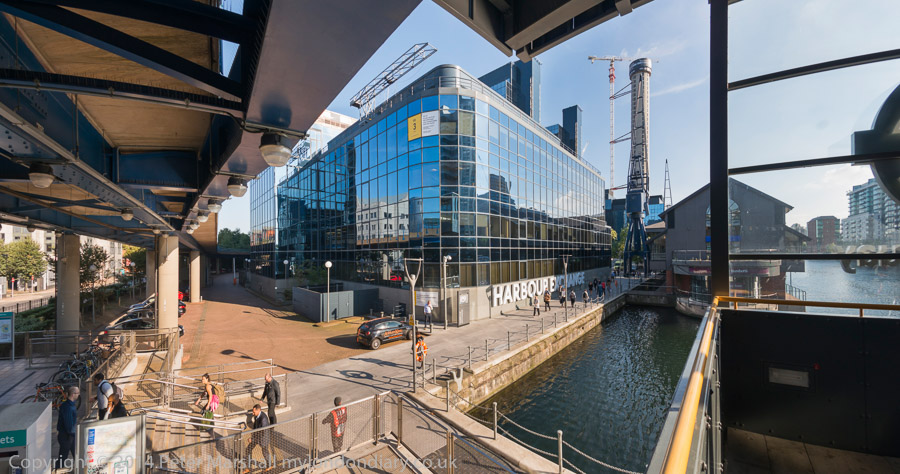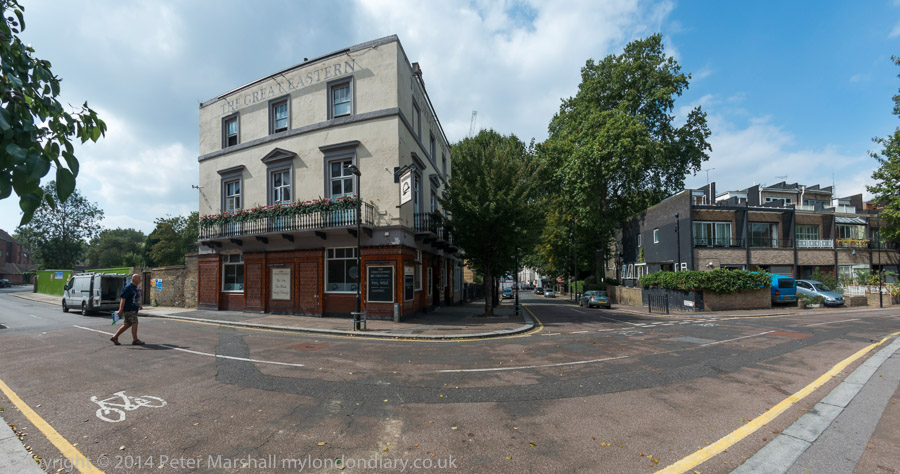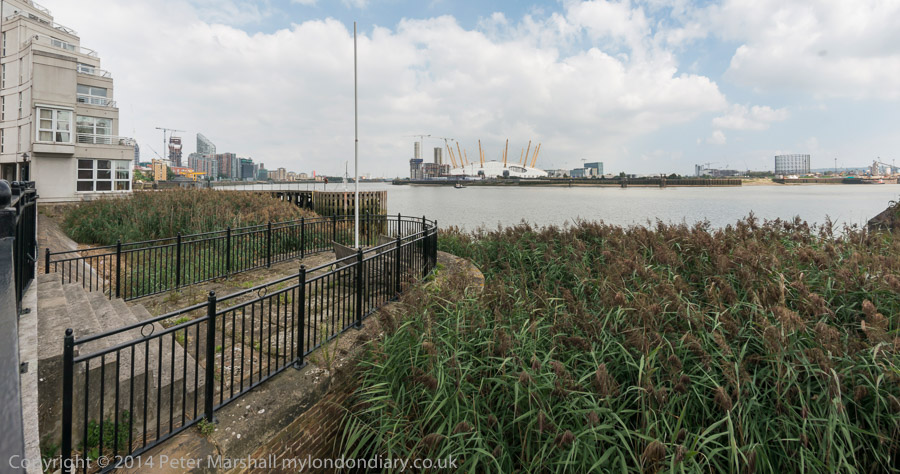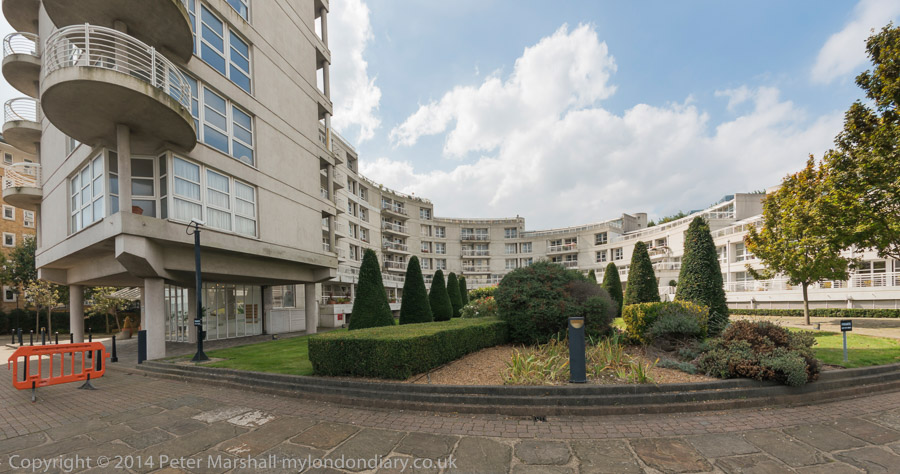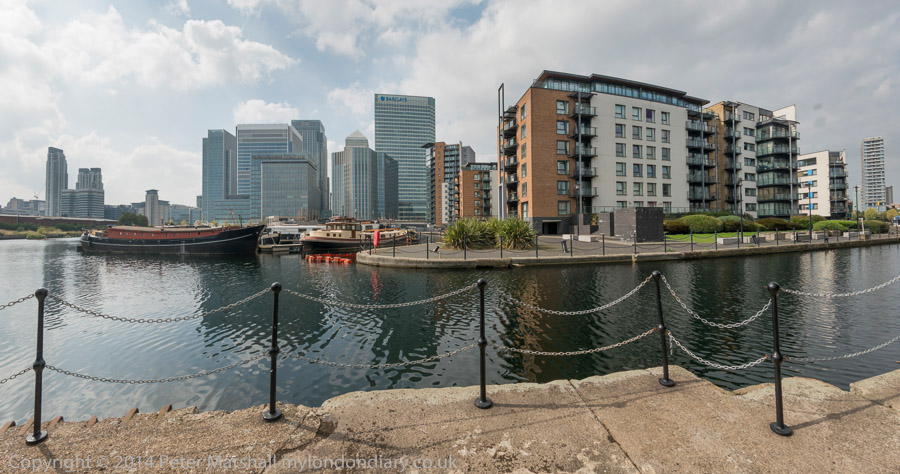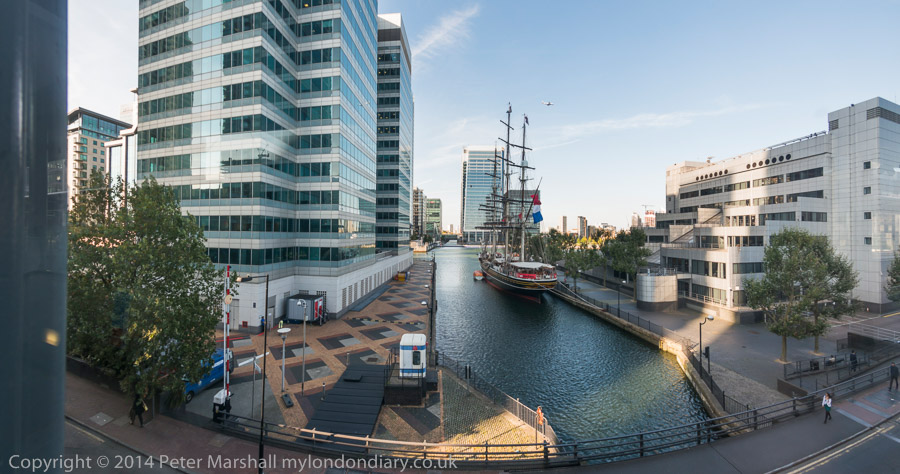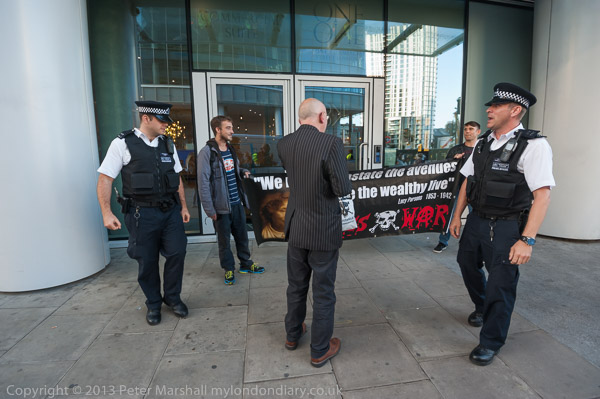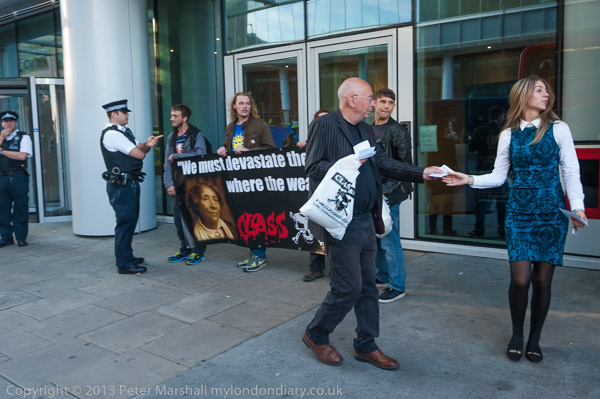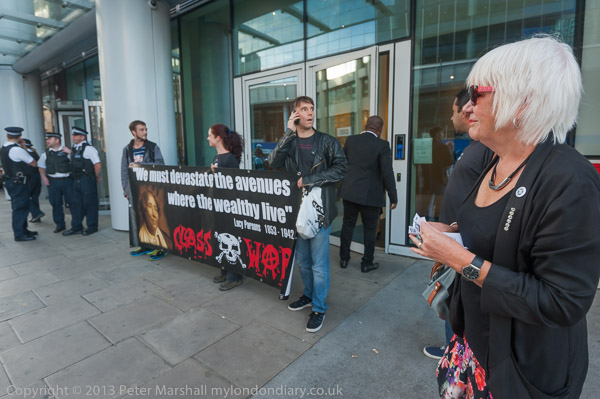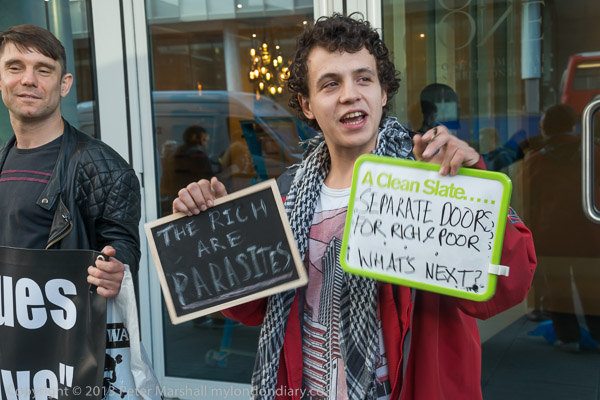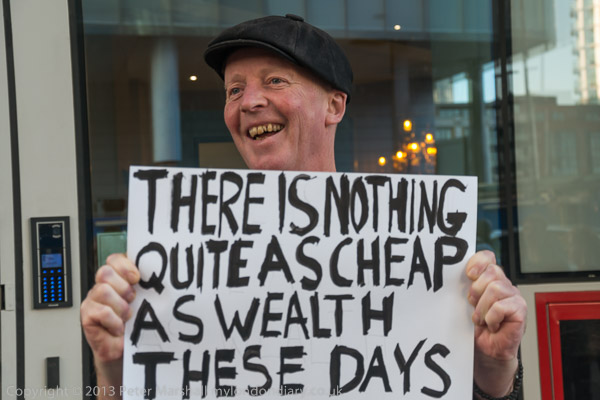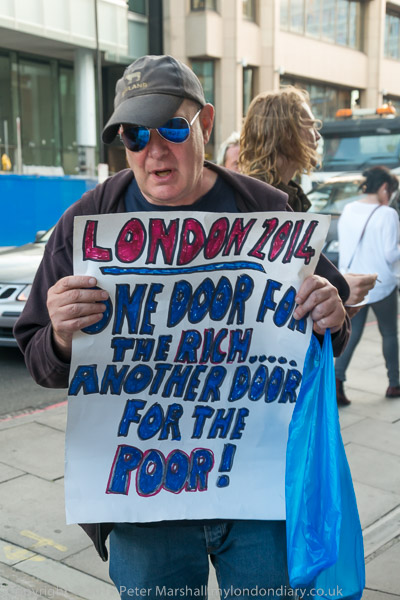
Saturday 12th September was an incredible day for British politics, as the result of the Labour leadership election was announced. Jeremy Corbyn had won what had seemed only a short time before an impossible victory, and one the could have been the start of a campaign which would have made great changes in British politics.
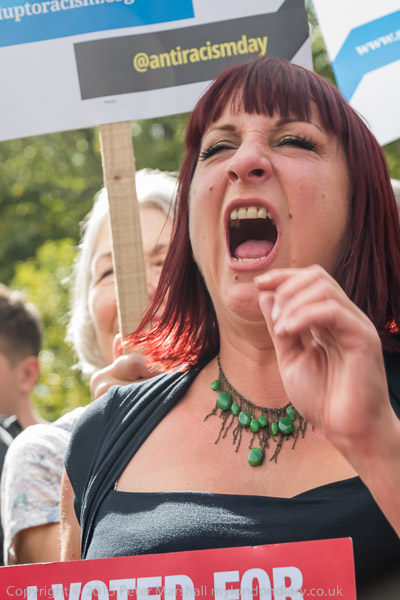
Instead it led to years of unrest in the Labour Party, with the right fighting against their own party leader who was enjoying huge popular support, both inside the party giving new hope to party members but also promoting policies that while enraging the establishment enjoyed a great deal of popular support in the country.
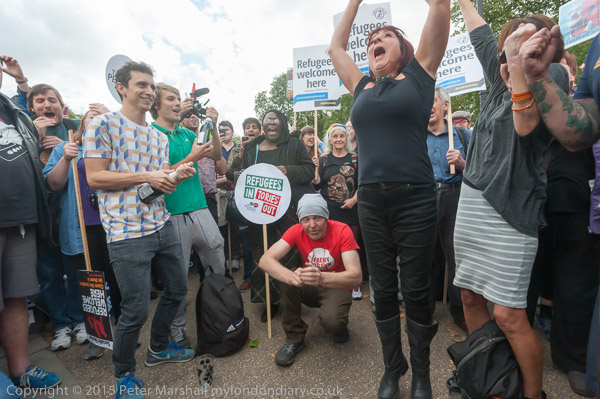
Of course they didn’t suit the powerful oligarchs who have actually run the UK for the last roughly 400 years and their representative who own and run almost all of our media went into full attack mode against Corbyn with lies and exaggerations and words taken out of context.
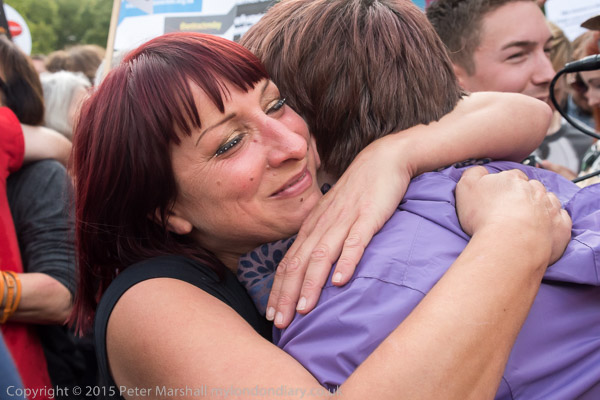
Had Corbyn been supported by the MPs and others in his party he might have weathered the storm and the result of the next general election could have been different. Of course Theresa May would not then have called an early general election in 2017 as she would have had far less chance of winning – and would not have had the support of Labour to do so.

But instead Labour MPs and party officers set out on a campaign of dirty tricks and lies against Corbyn, including a carefully choreographed series of resignations from his shadow cabinet which severely weakened but failed to remove him. Labour threw away the 2017 election becase money was diverted from key marginals into safe seats, but in the end it was still a close thing – and you could see the relief on some Labour MPs faces after the result that they had lost became clear.
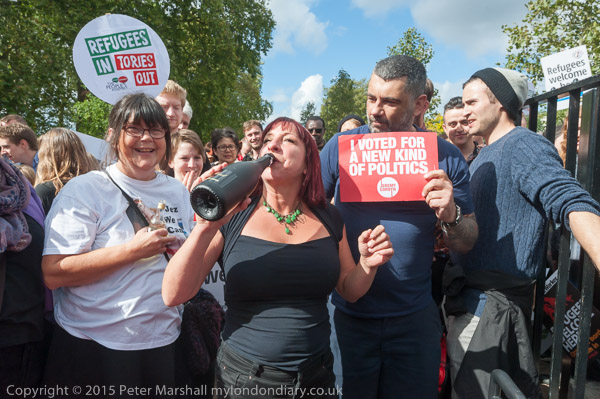
Parts of the anti-Corbyn campaign became clear in the leaked private report from the party to the Equality and Human Rights Commission, which was leaked shortly after Kier Starmer became leader. In particular this made clear the role of senior party officers trying to prevent Corbyn’s election as party leader and then their sabotaging his efforts to deal with antisemitism so as to continue attacks against him on this issue. Having read all 860 pages, which include 10,000 emails, thousands of messages from party’s internal messaging service, and 400,000 words from two WhatsApp groups used by senior party staff, while it may be selective and possibly inaccurate in some areas, its overall conclusions were unassailable. As the final publication of the Forde Report, though trying desperately to make it more palatable and removing much for legal reasons also makes clear on a detailed reading.
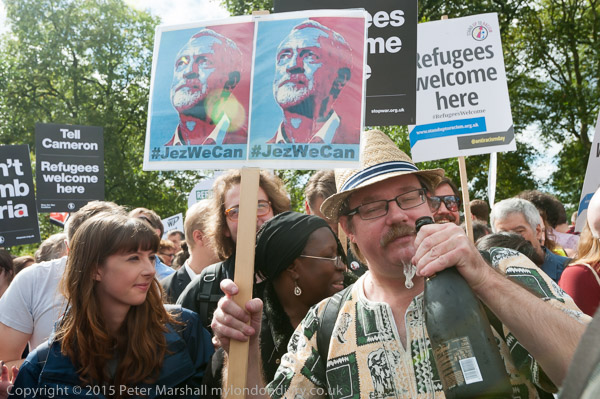
But in 2015 it was clear that the public wanted change and saw Corbyn as the man to deliver it. But most Labour MPs were unable to drag themselves out of their own old right-wing ways. It was a disaster for the nation and I think also the party, which show little sign of having learnt its lesson.
But had Corbyn won I think he would have disappointed many of his supporters by diluting policies under pressure from those rich and powerful oligarchs and revolts by Labour MPs who server their interests. And if he had tried to push them through and looked as if he would succeed we might have seen the democratic surface stretched to breaking point and a military government take over. This was the start of a was that Corbyn was destined to lose, and had his own party not stopped him others would have done so with all means necessary.
Victory Party for Jeremy Corbyn
Rally Says Refugees Welcome Here
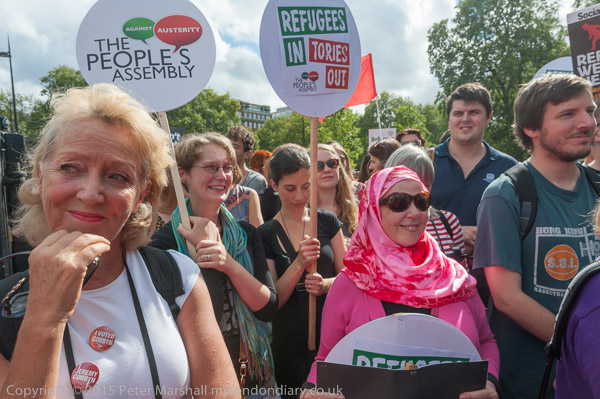
A short distance away from the Corbyn Victory party people were crowding into Park Lane for the Refugees Welcome Here national march against the many reports of refugees fleeing war and persecution, suffering or dying because of the paltry response by ours and other Governments.
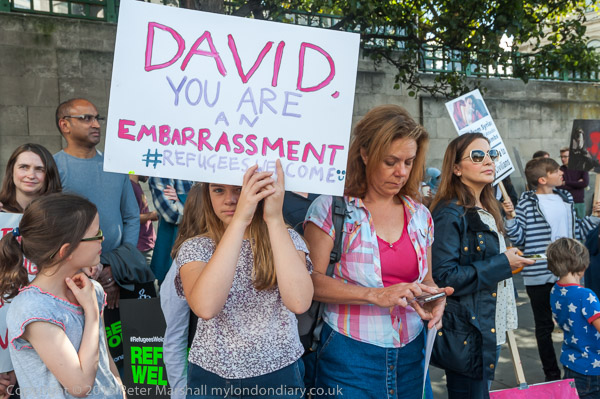
The UK has been particularly poor in in its response to the crisis, making it almost impossible for asylum seekers to arrive legally in the UK – and locking up many who do get here indefinitely in our immigration detention centres. Its policy appears to be based on the same racist principles as Theresa May’s ‘hostile’ environment and playing to the racist views of the Tory right.
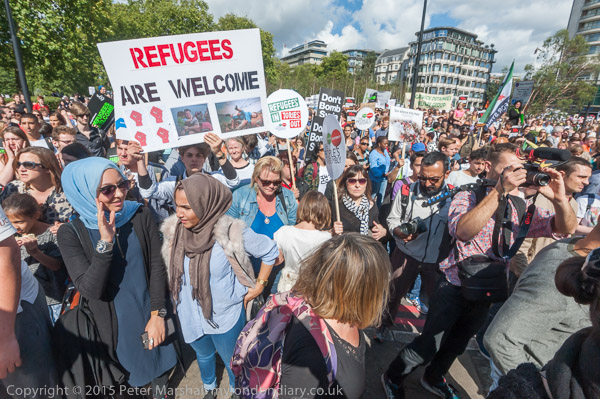
Before the march began there were a long list of speeches, though many of the crowd would have been too far away to hear them, even with the powerful amplication systems in place. You can see pictures of many of them as well as people in the crowd on My London Diary
Rally Says Refugees Welcome Here
Refugees are welcome here march
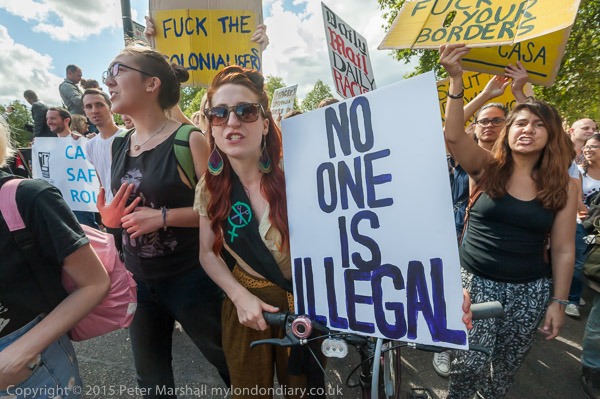
Eventually the march set of, with over 50,000 having come from across the UK to show their support for refugees facing death and hardship and their disgust at the lack of compassion and inadequate response of the British government.
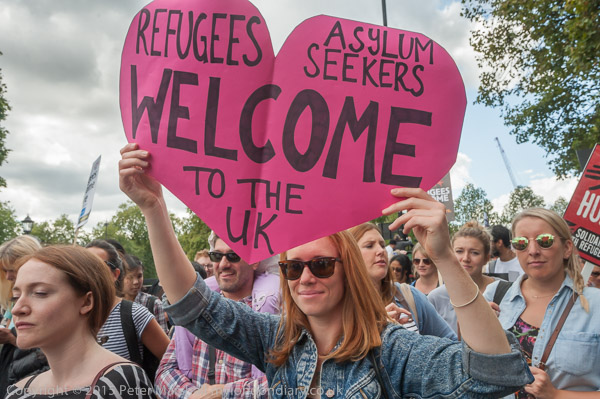
I started at the front of the march, then worked slowly with stream after stream of marchers on Piccadilly, eventually giving up at Green Park station, though there there were still marchers coming on as far as I could seen down the road. But I took the tube to Westminster to try and catch the head of the march as it arrived at Parliament Square.
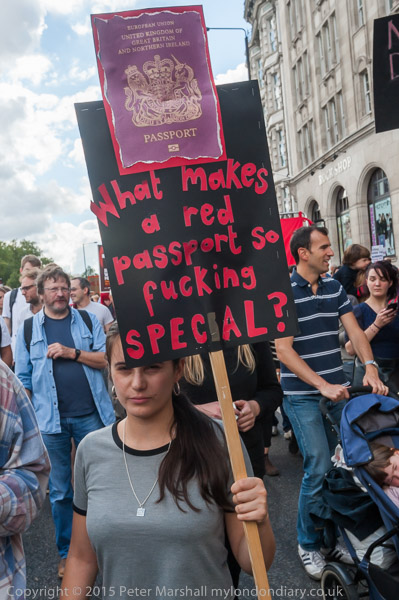
Refugees are welcome here march
Refugees Welcome march reaches Parliament
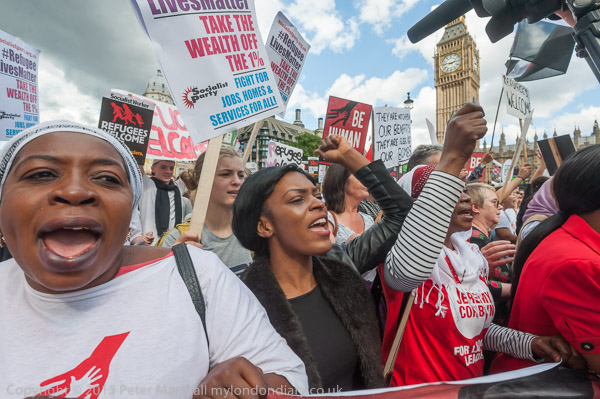
People were exultant as they reached Parliament Square at the end of the march.
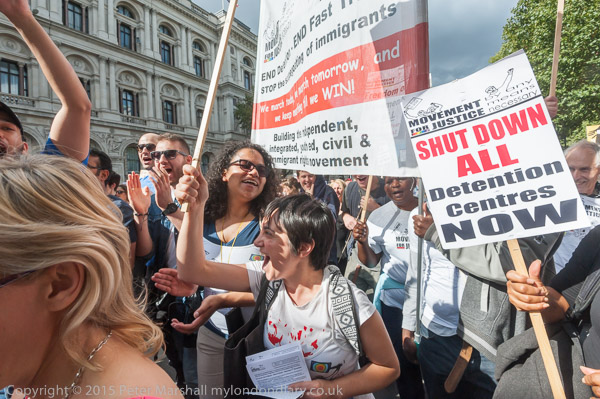
Alhough there was still a ring of stewards protecting the front of the march some were friendly and allowed me to go through and photograph the people as they arrived in front of the Houses of Parliament. Many had marched in the white ‘I’m a Refugee’ t-shirts.
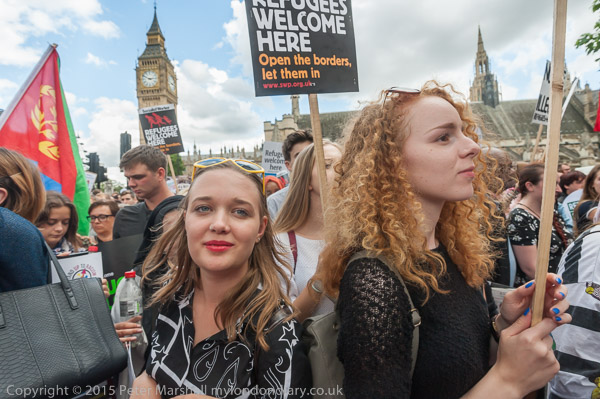
People were still flooding in to Parliament Square which was begining to look full, but by now I was feeling very tired, and despite the promise that Jeremy Corbyn would be among the speakers I decided it was time to have a very late lunch and go home. Others could listen to the speeches and photograph the rally which was now taking place.
Refugees Welcome march reaches Parliament
